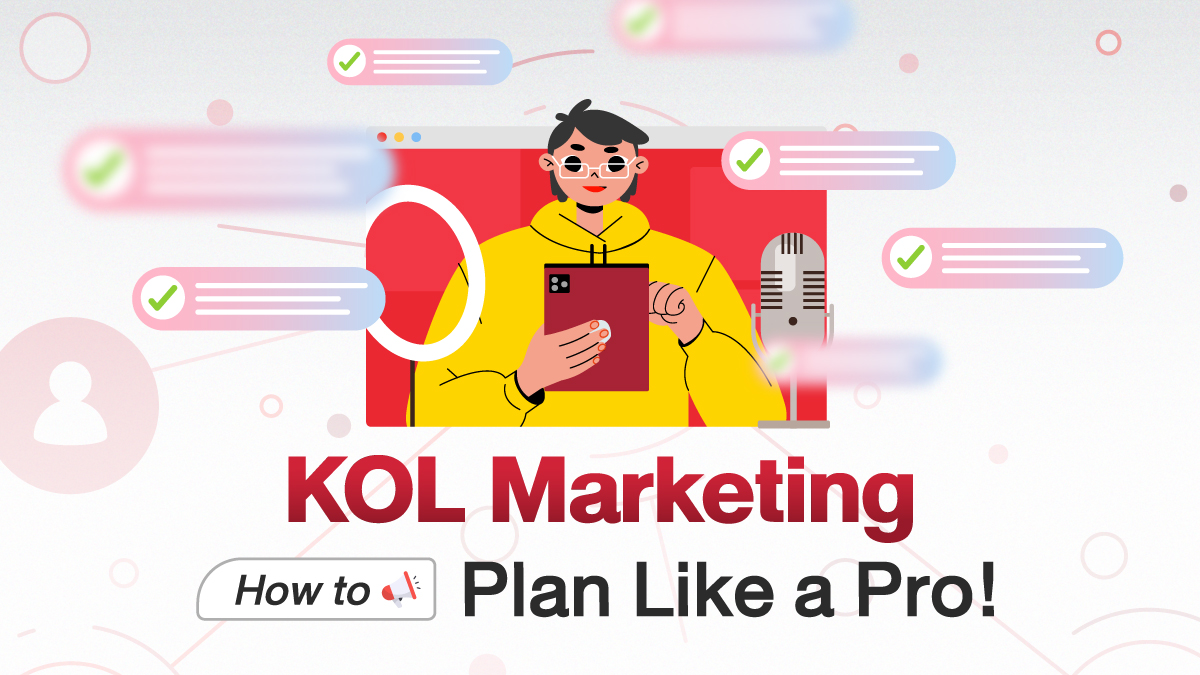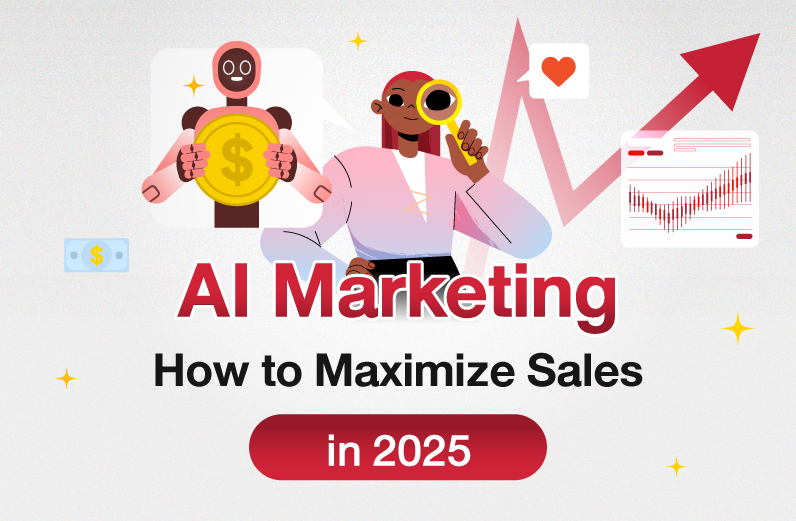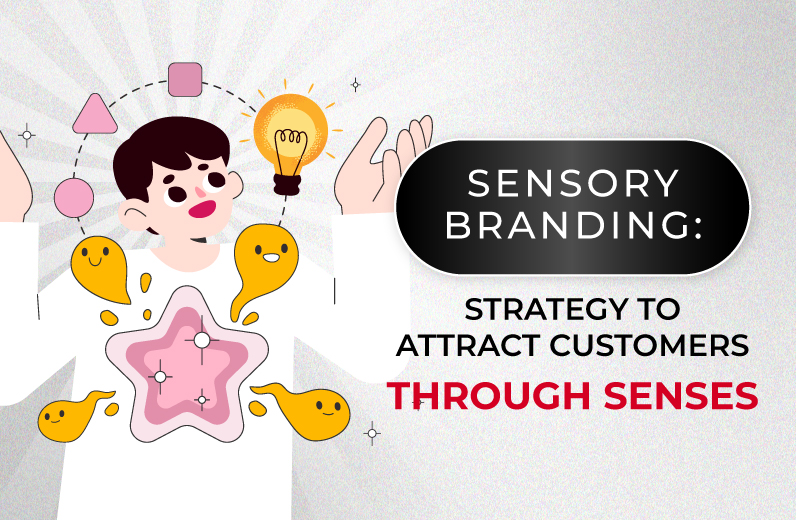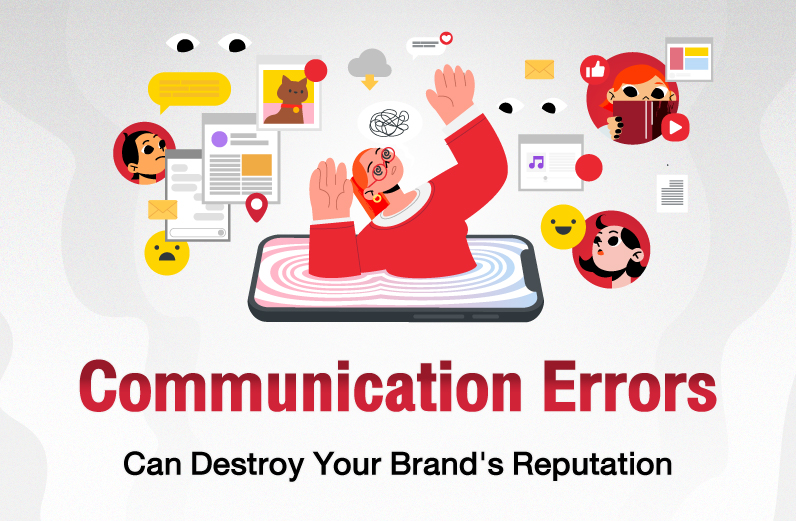7 Steps to a Successful KOL Marketing Campaign
7 Steps to a Successful KOL Marketing Campaign
In an era where consumers have endless choices and actively seek out the content they prefer, influencer marketing or KOL Marketing has emerged as a powerful strategy. It involves leveraging individuals with significant social influence—also known as influencers—to be the voice of your brand. This approach builds trust and creates an authentic connection between your brand and its target audience.
You might be wondering, "What is a KOL?" and "How is it different from an influencer?" While the terms are often used interchangeably, there's a subtle distinction. KOL stands for "Key Opinion Leader," a professional with specific expertise in a niche field like technology, beauty, or finance. An influencer, on the other hand, is a broader term for anyone with influence over their followers, from celebrities to micro-influencers with smaller but highly engaged communities. Both KOL Marketing and influencer marketing share the same goal: using these individuals' power to drive successful marketing campaigns.
This article will guide you through 7 essential steps for planning a winning KOL marketing campaign, ensuring you don't just generate buzz but also drive sales and build brand loyalty.
Step 1: Define Your Objectives and KPIs
Before you start looking for an influencer, you need to answer a few fundamental questions: "What do we want to achieve with this campaign?" and "How will we measure its success?"
Having a clear objective will help you choose the right influencers and plan effective activities. Common goals include:
-
Brand Awareness: Focus on Reach, Impressions, and Brand Mentions.
-
Sales Conversion: Measure sales, Conversion Rate, and Return on Ad Spend (ROAS).
-
Engagement: Track Likes, Comments, Shares, and Engagement Rate.
-
Lead Generation: Count the number of sign-ups, form completions, or event registrations.
Setting clear goals from the start allows you to create measurable KPIs and provides a straightforward way to evaluate the overall performance of your campaign.
Step 2: Analyze Your Target Audience
Understanding who your customers are is the core of any marketing effort. You need to know their interests, behaviors, and the platforms they use most frequently.
This data is crucial for finding an influencer whose followers align with your target audience. A campaign's success is limited if an influencer's audience isn't made up of your potential customers, no matter how much buzz it generates.
Step 3: Choose the Right Type of KOL and Influencer
The world of influencer marketing isn't one-size-fits-all. Selecting the right type of KOL influencer for your brand and budget can significantly boost your campaign's effectiveness.
-
Mega-Influencers: Celebrities or public figures with millions of followers. They are effective for creating widespread brand awareness but come with high costs and a relatively low engagement rate. This is often because a portion of their followers aren't genuinely interested in the content itself but are there for the celebrity's fame. They are best suited for campaigns focused on rapid, broad reach.
-
Macro-Influencers: Experts with hundreds of thousands of followers. They offer a great balance of reach and specialization at a more reasonable cost.
-
Micro-Influencers: Individuals with thousands of followers. They have a close, authentic relationship with their audience, resulting in high engagement rates and lower costs.
-
Nano-Influencers: Individuals with hundreds to a few thousand followers. While their audience is small, their engagement rates are the highest, and their recommendations are highly trusted. This is largely because their followers often know them personally or feel a strong connection to them. Nano-influencers are ideal for niche marketing or for products that rely on word-of-mouth recommendations within a specific community.
Choosing a KOL Influencer with expertise in your product's niche adds credibility to your campaign. For example, if you sell cosmetics, collaborating with a beauty blogger who is a genuine expert will yield better results than hiring a generic celebrity.
Step 4: Create Engaging Campaign Content
Once you've found the right influencer, the next step is to create content that isn't just a direct sales pitch. Instead, focus on compelling storytelling that provides value to the influencer's followers.
-
Unboxing and Reviews: A popular format where the influencer unboxes and reviews the product naturally.
-
How-to or Tutorials: These videos teach followers how to use the product in their daily lives, which drives high engagement and is very helpful.
-
Challenges or Giveaways: Create fun activities for followers to participate in, increasing brand awareness and reach.
-
Live Streams: Hosting live sessions on platforms like Shopee, TikTok, or Facebook allows the influencer to interact with their followers in real-time and drive immediate sales.
addition to the content formats mentioned, subtle product tie-ins are a powerful strategy. A tie-in is when a product is naturally integrated into the influencer's content without it looking like a blatant advertisement.
Tips for Seamless Tie-ins:
-
Use real-life context: Have the product appear in a relevant scene. For example, a drink on a desk during a work vlog or makeup being used before going out.
-
Tell a story through personal experience: Encourage the influencer to share why they chose to use the product, rather than just listing its features directly.
-
Use a soft Call to Action (CTA): Instead of saying "Buy now," use phrases like, "If you're looking for something like this, you should check this brand out." This feels more like a recommendation than a sales pitch.
-
Integrate the brand as part of the content: In a cooking video, for instance, the brand can appear on an appliance or ingredient without being mentioned every time.
Above all, give the influencer creative freedom to produce content in their own authentic style. This ensures the content feels natural, genuine, and relatable to their followers.
Remember to give influencers creative freedom to produce content in their own unique style. This authenticity makes the content more genuine and relatable to their audience.
Step 5: Manage Budgeting & Contracts
This step is critical. It involves negotiating and creating clear contracts that outline compensation, scope of work, campaign duration, and content usage rights.
A transparent contract prevents future issues. It's also important to understand the cost structures of each platform. A KOL specialist can be invaluable here, providing expert advice on budgets and the most suitable platforms for your campaign.
Step 6: Monitor and Track Campaign Performance in Real-time
Don't let your campaign run without a close eye on its performance. Real-time monitoring allows you to adjust your strategy on the fly if the campaign isn't meeting its goals.
-
Use Tracking Links or Codes: To accurately measure conversions and sales generated by each influencer.
-
Tools you can use:
-
Google Analytics + UTM Parameters: To track clicks, sessions, and conversion rates.
-
Bitly: To shorten links and track click counts.
-
Affiliate Platforms (e.g., Impact, Partnerize, Rakuten): To use unique codes and links for each partner.
-
-
Monitor Engagement: Track likes, comments, and shares on various posts to see which content resonates most with the audience. This helps you understand which content types or presentation styles perform best, so you can optimize future posts.
-
Tools you can use:
-
Meta Business Suite (Facebook/Instagram): An essential tool for brands marketing directly on Facebook and Instagram, as it provides the most comprehensive access to user insights.
-
TikTok Creator Marketplace: A platform that helps brands discover and collaborate with creators while also offering tools to analyze campaign results and audience insights.
-
Hootsuite / Sprout Social: To consolidate statistics from multiple platforms in one place, saving time and making performance reporting more efficient.
-
-
-
Leverage Social Listening: Use tools to listen to what consumers are saying about your brand and campaign. This allows you to analyze text, images, audio, or video where consumers mention your brand across various social media platforms and websites.
-
Tools you can use:
-
Brandwatch, Talkwalker, Meltwater: Ideal for international markets, these platforms can analyze complex data across multiple languages and are suitable for large brands with a global presence.
-
ZocialEye (Wisesight), Mandala Analytics: Ideal for the Thai market, these tools stand out for their robust Thai-language databases and their superior ability to analyze local trends and hashtags relevant to Thai society.
-
-
What you can analyze:
-
Mentions Volume: The total number of times your brand or campaign is mentioned.
-
Sentiment Analysis: To determine the tone of the conversation (positive, negative, or neutral).
-
Trend & Hashtag Tracking: To monitor the usage of your campaign's hashtags or keywords.
-
- Benefits: This helps you understand the overall public perception of your brand and stay on top of trends or potential issues as they arise.
-
Step 7: Analyze Results and Refine Your Strategy
Even after a campaign ends, your work isn't done. Analyzing the results is essential for gaining insights that will inform and improve your future campaigns.
-
Compare Results Against KPIs: See if the campaign achieved its initial goals.
-
Calculate ROI: Determine the campaign's return on investment by comparing costs to the increase in sales.
-
Deep Dive into Insights: Identify which influencer delivered the best results, what type of content performed best, and which platforms offered the highest returns.
By following these seven steps systematically, you can create a KOL marketing campaign that not only generates buzz but also drives tangible, sustainable business growth.
Conclusion: Elevate Your KOL Marketing with Professional Expertise
Executing a successful influencer marketing campaign involves more than just hiring a public figure to post a picture. It requires a sophisticated strategy and a deep understanding of consumer behavior. The right choice of influencer, effective budget allocation, and accurate performance measurement are all factors that demand expert oversight.
If you're looking for a team with the expertise to plan and manage an end-to-end KOL Marketing campaign, transcosmos is your ideal partner. Our KOL Specialists provide data-driven consulting and strategy, from finding the perfect influencer to creating engaging content and analyzing results to drive sales and build genuine brand loyalty.
With our extensive experience and deep understanding of the market, we can design KOL marketing campaigns that not only create a stir but also deliver measurable business results and sustainable growth for your brand.
👉🏼 See our Influencer & KOL Marketing services from transcosmos Thailand here.
📚 Read other related articles:
What is KOL Marketing? A Complete Guide for Modern Businesses
How to Choose the Right Influencer and KOL: A Guide to Successful Selection for Your Brand








